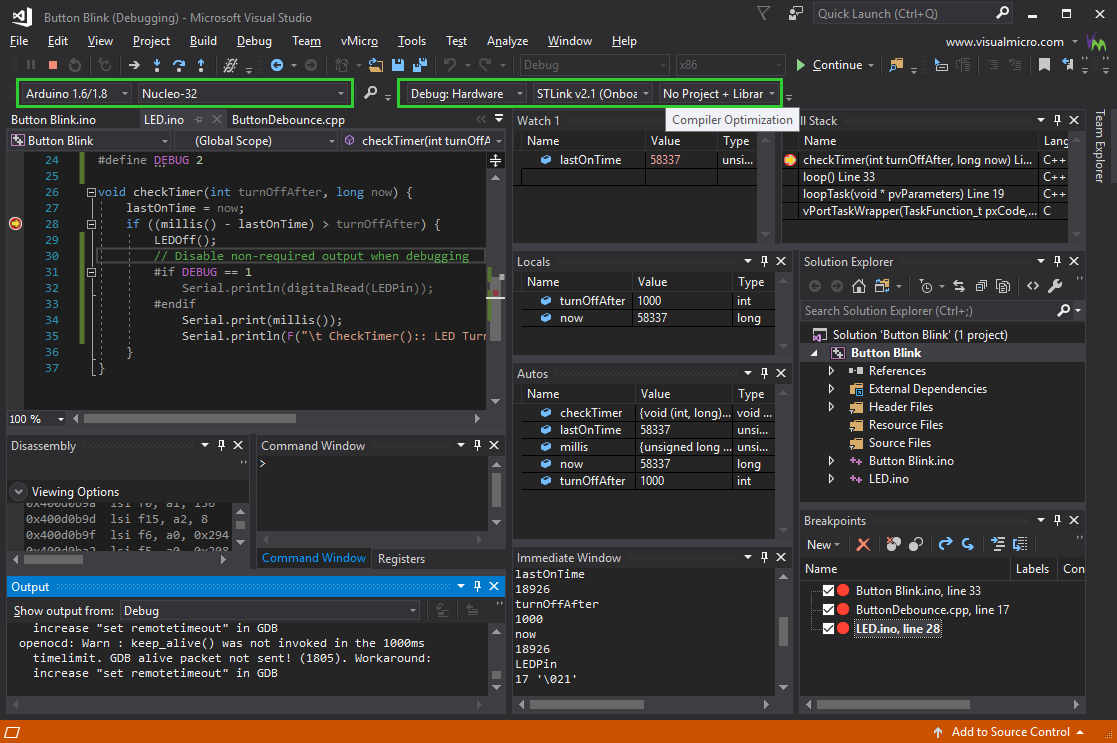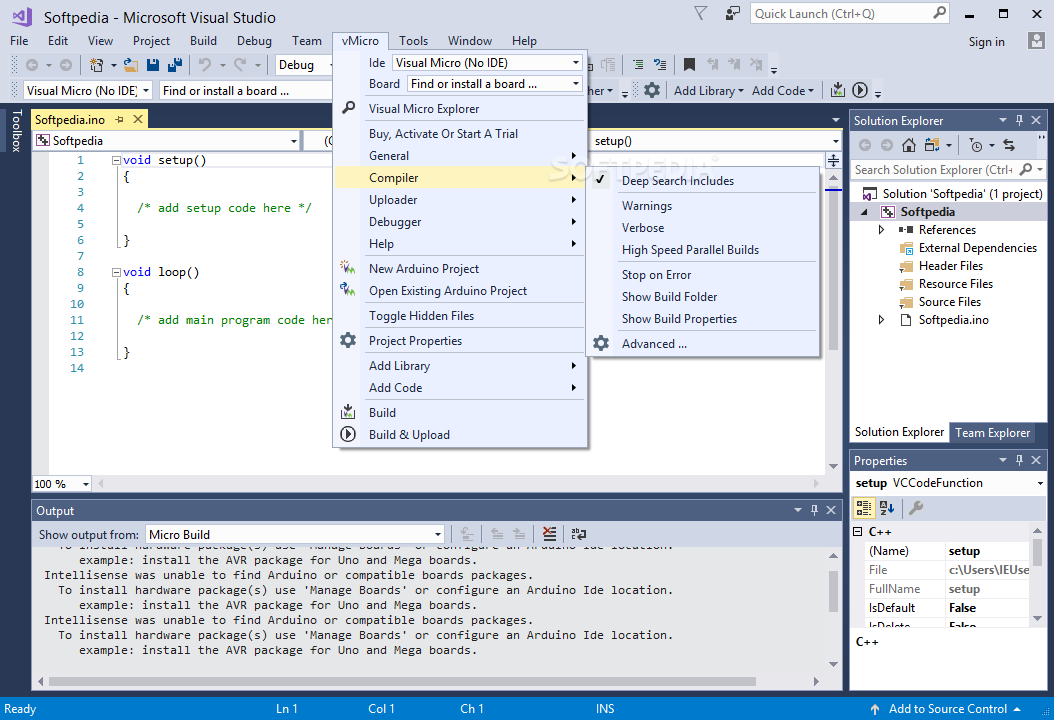

The list architectures command will display supported CPU architectures.īy default the platform is auto, and the debugger will attempt to auto-detect your CPU. You can see an up-to-date list of supported Arduino platforms with the list platformsĬommand. You should specify what Arduino platform you are using with the set command. Type quit, exit, or \q to quit the debugger. Type help to see usage information for each specific command. Typing help will list available commands in theĭebugger. If you move it to aĭifferent location, you can open the ELF file with open /path/to/my.elf within the The dump file will retain the filename of your sketch's ELF file. Running load /path/to/filename.dump within the debugger. Perform offline debugging later with arduino-dbg -d /path/to/filename.dump, or by With this dump file and the compiled ELF file of your sketch, you can then

Within the debugger, you can save a dump of the system registers and memory with dump. On AVR CPUs, you are restricted to breakpoints added statically The debugger at runtime only on platforms like the ARM Cortex-M4 which support With breakpoint enable and breakpoint disable. Programmatic breakpoints can be selectively toggled on and off Running sketch so you can interrogate or set the values of variables ( print someglobal), If you run the break command or press ^C within the debugger, it will pause the
Arduino ide debugger serial#
(Assuming your Arduino's USB serial port connection is on ttyACM0.) Typical usage is something like: arduino-dbg -f /path/to/sketch.elf -p /dev/ttyACM0 Use the help command at the prompt to see available capabilities.Set your Arduino platform: e.g.: set atform = uno.Run arduino-dbg to launch the debug console.Follow instructions in PyArduinoDebug.h to include in your application.

Clone and build the Arduino library with.
Arduino ide debugger install#


 0 kommentar(er)
0 kommentar(er)
